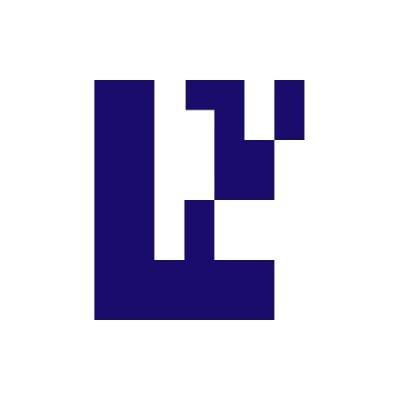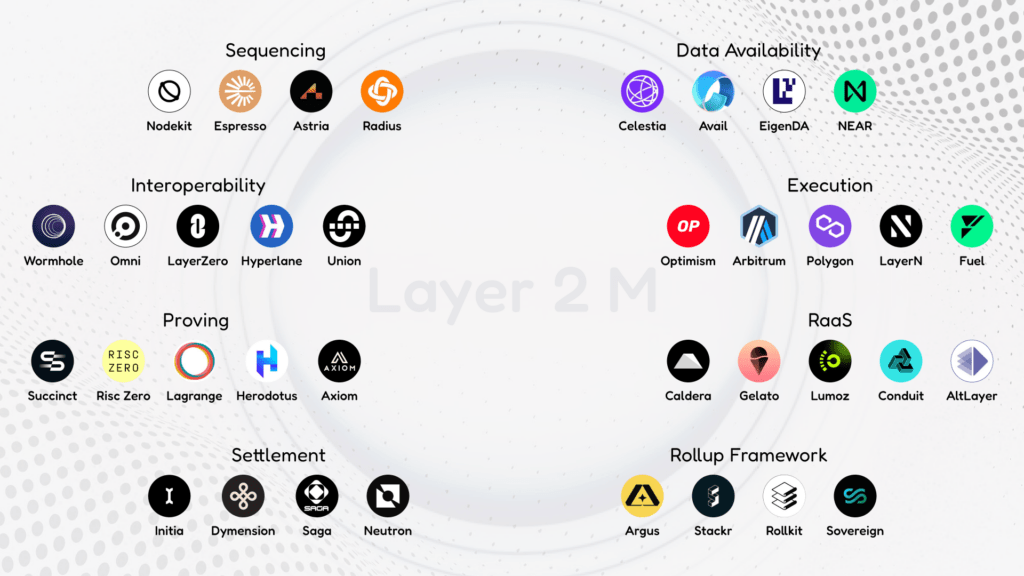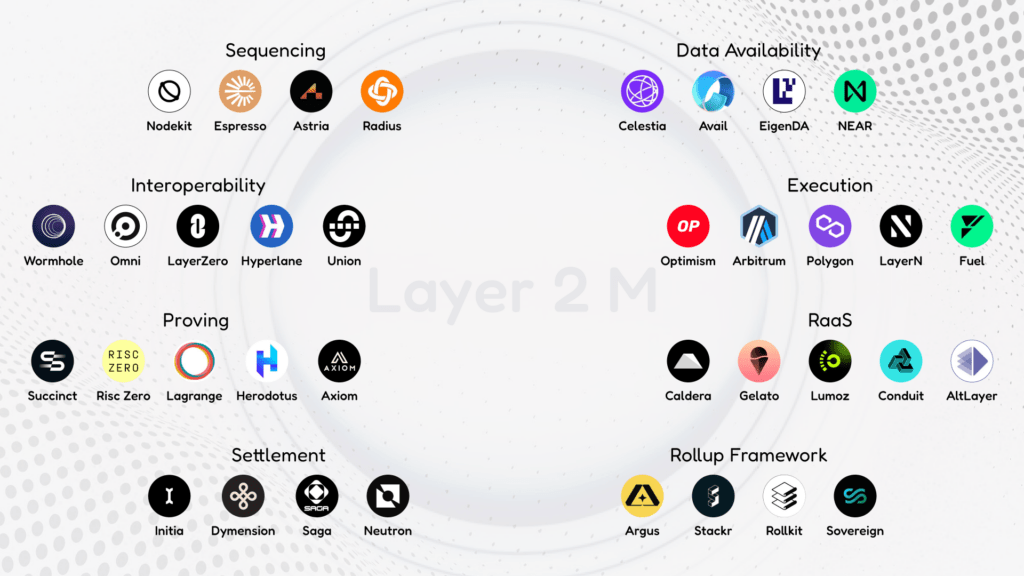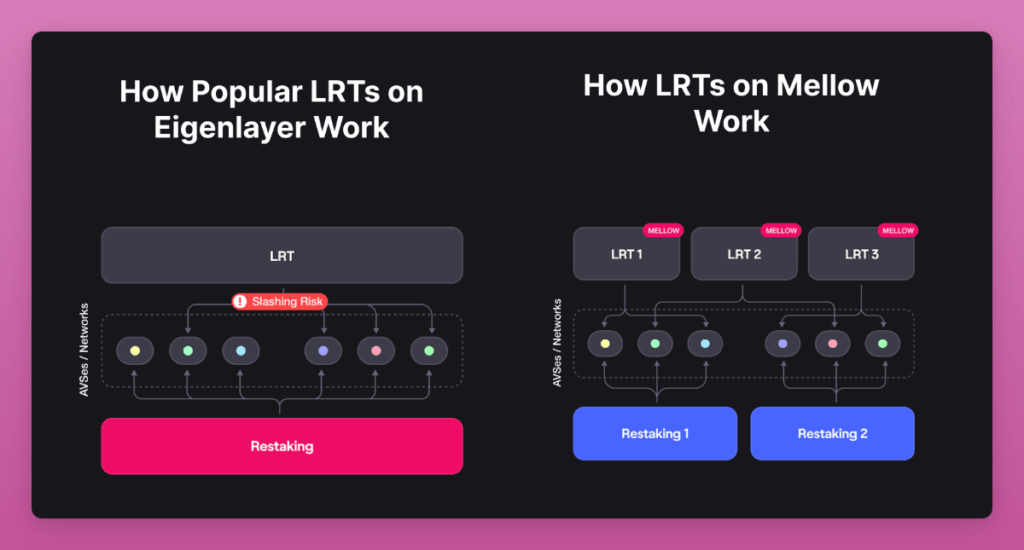Research Summary
This report discusses EigenLayer, a general-purpose marketplace for decentralized trust built on Ethereum. EigenLayer introduces a method of internalizing modularity by redirecting trust within the Ethereum ecosystem. The core value proposition of EigenLayer lies in its “restaking” service and Eigen data availability (EigenDA). The report also explores the benefits and risks of restaking, the advantages of EigenLayer, and its potential impact on Ethereum’s development.
Key Takeaways
EigenLayer’s Core Concept
- Decentralized Trust Marketplace: EigenLayer is a marketplace for decentralized trust built on Ethereum. It aims to internalize modularity by redirecting trust within the Ethereum ecosystem.
- Restaking and EigenDA: The core value proposition of EigenLayer lies in its “restaking” service and Eigen data availability (EigenDA). Restaking allows the reuse of economic security without incurring additional cost to the staker.
- Decentralized Trust: In EigenLayer, decentralized trust is inherited from a subset of validators, creating a decentralized set of stakers on EigenLayer. This is key to ensuring collusion of nodes does not occur.
Restaking Benefits & Risks
- Accelerated Development: Restaking allows for accelerated development within the Ethereum ecosystem by providing additional validation services while remaining on the same validator network.
- Zero Marginal Cost of Capital: Restaking enables zero marginal cost of capital for middleware, as it relies on the inherent $200 billion or so in staked Ethereum. This makes capital efficiency as high as possible.
- Increased Slashing Risk: Restaking subjects stakers to greater risk via increased potential of having their stake slashed. A vulnerability in an application used by a large portion of stakers could have catastrophic consequences for Ethereum.
EigenLayer’s Advantages
- Leveraging Staker Heterogeneity: EigenLayer aims to leverage staker heterogeneity through restaking, allowing for projects like rollups to have immense performance boosts.
- Quick Decision-Making Governance: EigenLayer has the potential to enable a quick decision-making form of governance for the Ethereum protocol, balancing agility of response and level of democracy.
- Partial Block Actions: EigenLayer’s restaking mechanism allows for partial block actions, mitigating censorship issues, decentralizing the MEV-boost infrastructure, and eliminating the need for trusted relays.
Actionable Insights
- Investigate the Potential of Restaking: The concept of restaking introduced by EigenLayer could revolutionize the Ethereum ecosystem by accelerating development and maximizing capital efficiency.
- Consider the Risks: While restaking offers many benefits, it also introduces increased slashing risk. The potential consequences of a vulnerability in a widely used application could be catastrophic.
- Explore EigenLayer’s Advantages: EigenLayer’s ability to leverage staker heterogeneity, enable quick decision-making governance, and allow for partial block actions presents significant opportunities for Ethereum’s development.












